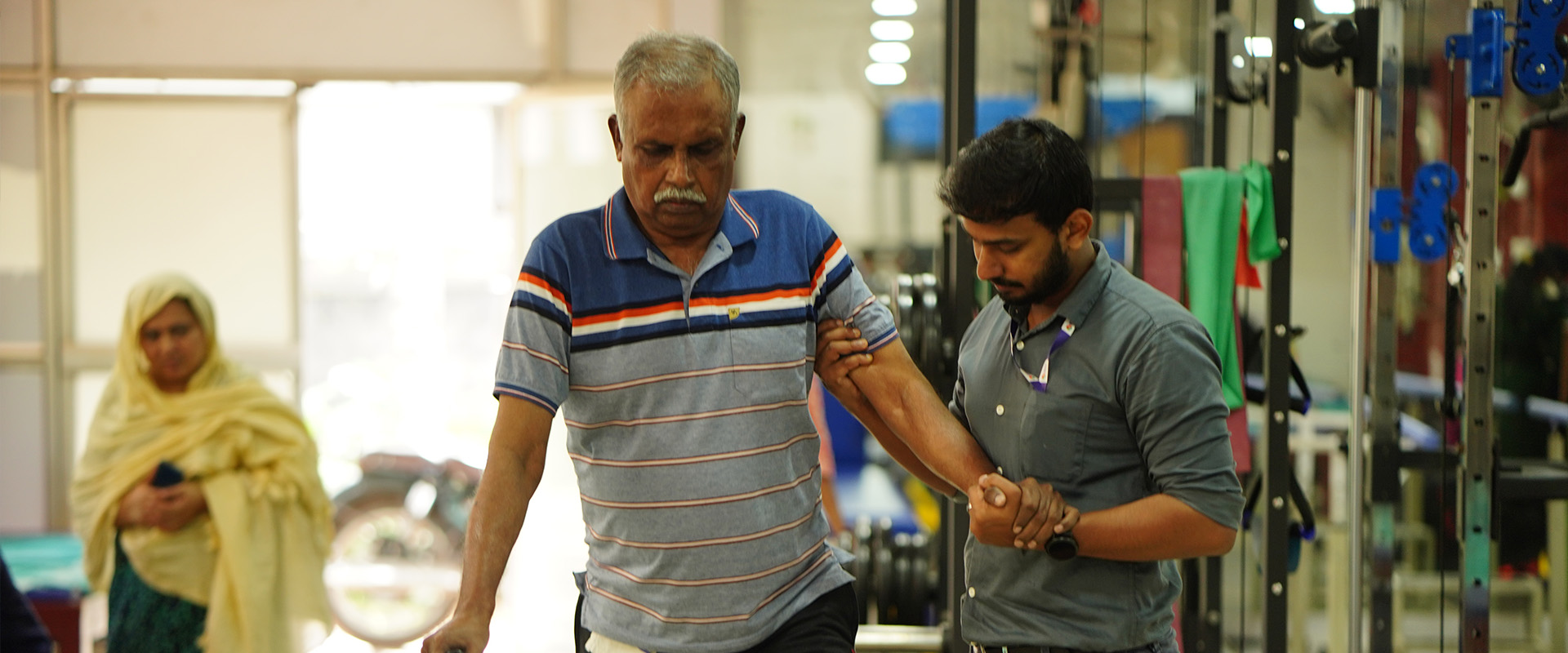
Spinal cord injury
Spinal cord injury can be divided as complete or incomplete according to the international standards for the neurological classification of SCI and American Spinal Injury Association (ASIA) impairment scale. Complete lesion are defined as ASIA-A, incomplete lesion are defined as ASIA-B, ASIA-C, ASIA-D, ASIA-E
Complete injury
No sensory or motor function in lowest sacral segments (determine by anal sensation and voluntary external anal sphincter)
Incomplete injury
Having motor and/or sensory function below the neurological level including S4 and S5
Zones of partial preservation
Having motor and/or sensory function below the neurological level but no functions at S4 an S5
Physiotherapy Interventions
The result of the assessment and goal setting are used to guide treatment clearly need to be based on evidence. Physiotherapist working in SCI depends on the level and type of injury to the spinal cord. It can be divided into 3 phases Acute, sub acute and chronic (long term). During the acute and sub acute phases of treatment rehabilitation strategies focus more on prevention of secondary complications, promoting neuro recovery addressing underlying impairments and maximizing functions. In the chronic phase, compensatory or assistive approaches are often used.
Formulating fitness training programs, encourage people with SCI to adopt healthy life style, teach disabled sports, provide patient with various type of orthosis, splints and mobility aids, prescribe wheel chairs, advice on strategies to prevent shoulder pain and pressure ulcers and administer various electro therapeutic interventions.
Weakness is the most obvious impairment that prevents people with SCI from performing motor tasks. Strengthening training program for a person with paraplegia is aimed to improve the ability to lift floor to wheel chair.
Contractures are common problem after SCI. passive movements and stretches are widely used to treat and prevent contractures.
Focus more in waling, transforming, pushing a wheel chair and using upper limb depends level of injury.